The Philippines, renowned for its tropical climate and fertile soil, produces some of the world's sweetest and most flavorful mangoes. Among the many varieties grown in the archipelago, the Carabao mango (also known as the Manila mango) stands out as a national treasure. To ensure quality and consistency in the market, the Philippines has developed a unique sweetness grading system specifically for mangoes, which plays a crucial role in both domestic consumption and international exports.
Unlike generic fruit grading systems that focus primarily on size, color, or blemishes, the Philippine mango sweetness grading system prioritizes sugar content as the key metric. This approach reflects the cultural and economic importance of sweetness in Filipino mangoes, where a higher sugar content directly correlates with premium pricing and consumer demand. The system is widely recognized by farmers, traders, and exporters, serving as a benchmark for quality across the industry.
The grading process begins with the use of a refractometer, a handheld device that measures the Brix level of the mango's juice. Brix levels indicate the percentage of sucrose in the liquid, providing an objective measurement of sweetness. Mangoes are typically tested at peak ripeness, as sugar content fluctuates during the maturation process. Farmers often sample multiple fruits from the same tree or batch to ensure an accurate representation of the harvest.
In the Philippine system, mangoes are classified into three broad categories based on their Brix readings. The Premium Grade requires a minimum of 16° Brix, representing the sweetest and most sought-after mangoes, often destined for high-end markets or export to countries like Japan and South Korea. The Grade A classification covers mangoes between 14° to 15.9° Brix, which are still considered sweet and make up the bulk of commercial sales. Mangoes falling below 14° Brix are categorized as Grade B, typically used for processing into juices, dried mangoes, or other value-added products rather than fresh consumption.
Several factors influence a mango's sweetness and subsequent grading. Soil composition plays a fundamental role, with volcanic soils in regions like Guimaras and Zambales producing exceptionally sweet mangoes. Climate conditions during the growing season, particularly the right balance of sunlight and rainfall, significantly impact sugar accumulation. Farmers have also developed specific cultivation techniques, such as regulated irrigation before harvest and careful timing of picking, to maximize the fruit's sweetness potential.
The implementation of this sweetness grading system has transformed the Philippine mango industry. By establishing clear quality standards, it has helped Filipino mangoes gain a competitive edge in international markets where consumers associate Philippine mangoes with guaranteed sweetness. The system also benefits local farmers by providing transparent pricing structures - Premium Grade mangoes can command prices up to 50% higher than lower grades, creating financial incentives to produce superior quality fruit.
However, challenges remain in maintaining consistent grading standards across the country. Small-scale farmers in remote areas may lack access to refractometers or proper training in measurement techniques. Seasonal variations in weather patterns can also cause fluctuations in average Brix levels from year to year. The Philippine Department of Agriculture continues to work on expanding education programs and technological access to address these issues.
Looking forward, the sweetness grading system may evolve to incorporate additional quality parameters. Some industry experts suggest including aroma compounds and texture measurements to provide a more comprehensive assessment of mango quality. As consumer preferences become more sophisticated globally, the Philippine mango industry remains committed to refining its standards to maintain its position as a world leader in sweet, high-quality mango production.
The success of the Philippine mango sweetness grading system offers valuable lessons for other tropical fruit-producing nations. By focusing on what consumers value most - in this case, exceptional sweetness - rather than just visual appearance, the Philippines has created a distinctive brand identity for its mangoes. This customer-centric approach to quality control continues to drive the growth and international reputation of this important agricultural sector.
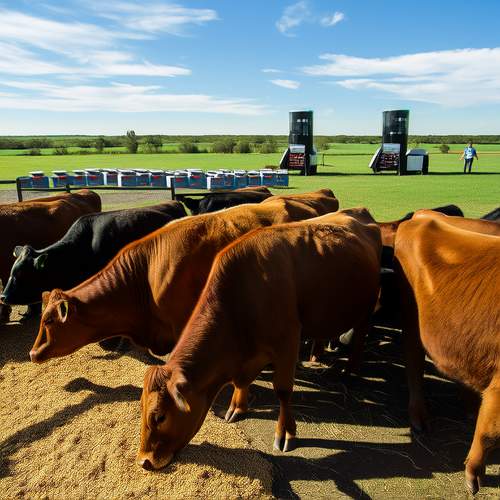
By /May 26, 2025
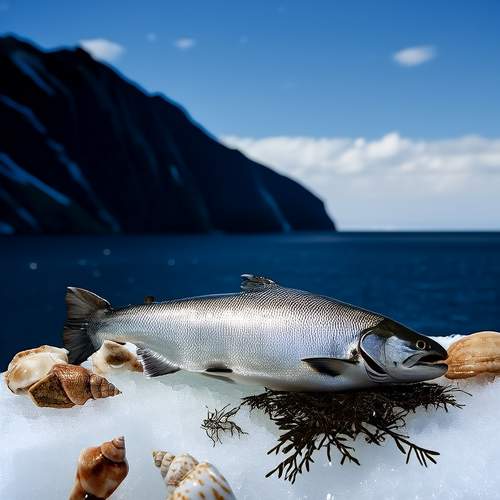
By /May 26, 2025

By /May 26, 2025

By /May 26, 2025
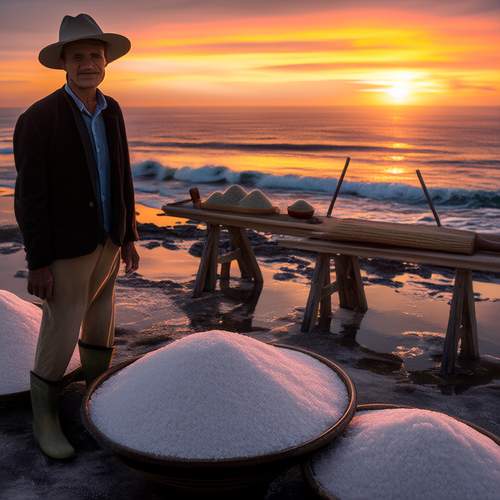
By /May 26, 2025
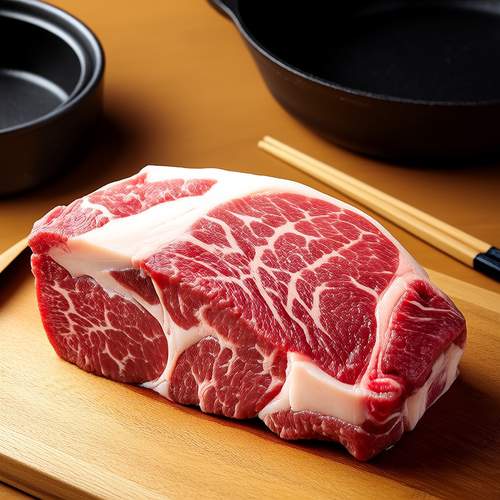
By /May 26, 2025
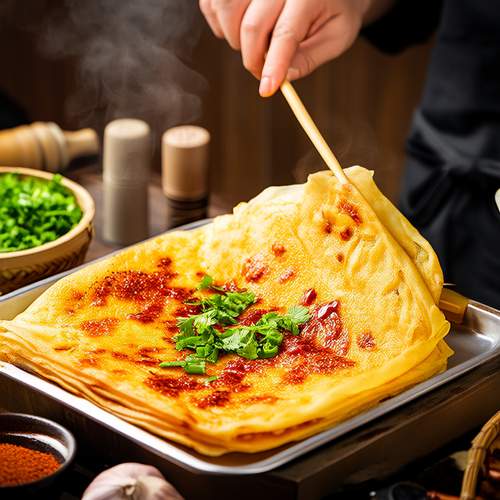
By /May 26, 2025
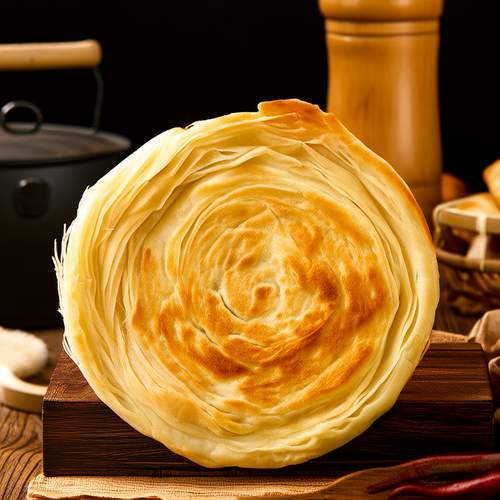
By /May 26, 2025

By /May 26, 2025
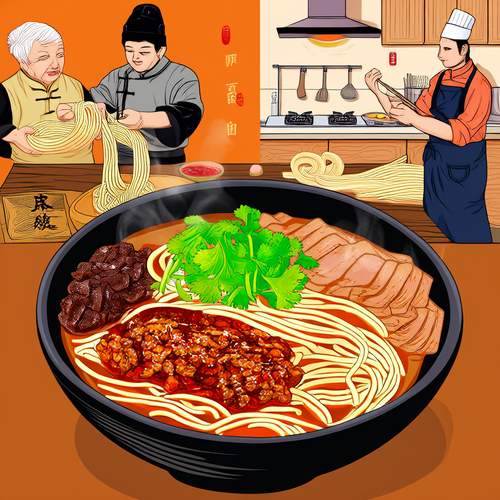
By /May 26, 2025

By /May 26, 2025

By /May 26, 2025
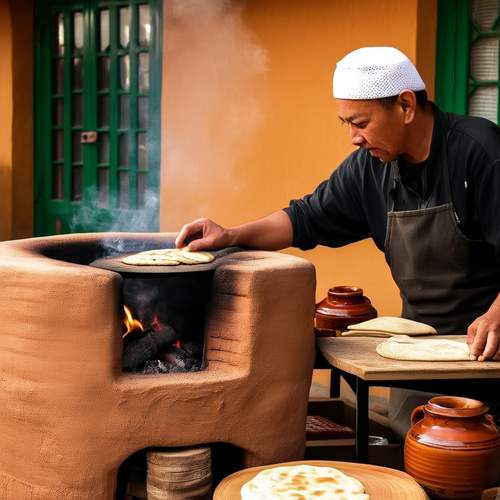
By /May 26, 2025
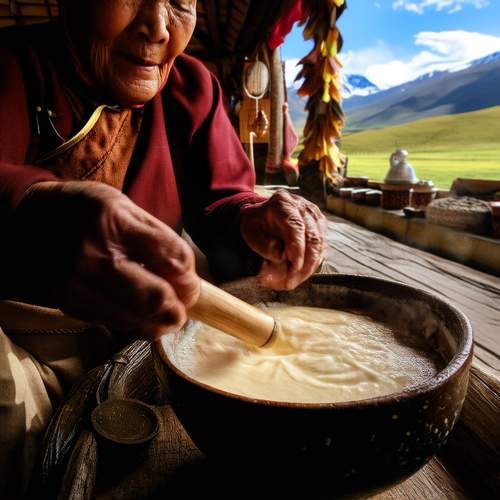
By /May 26, 2025
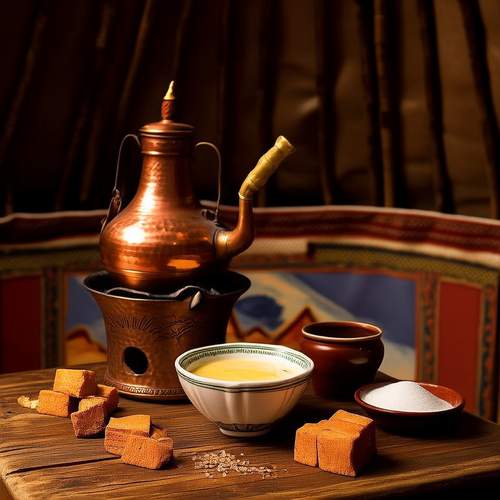
By /May 26, 2025
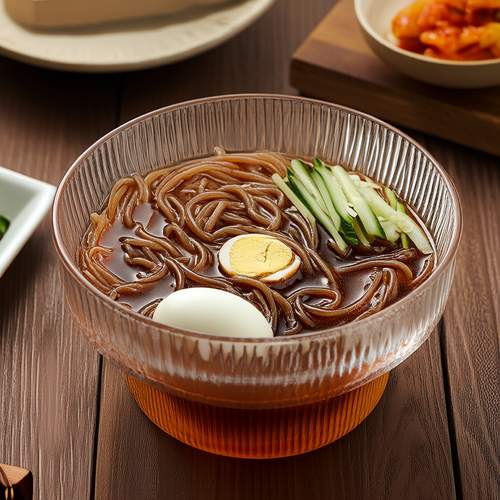
By /May 26, 2025

By /May 26, 2025
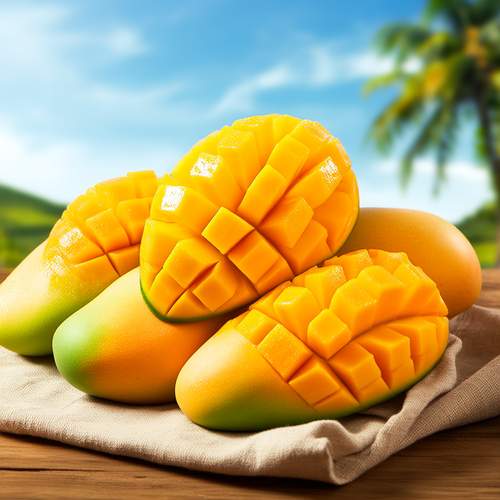
By /May 26, 2025
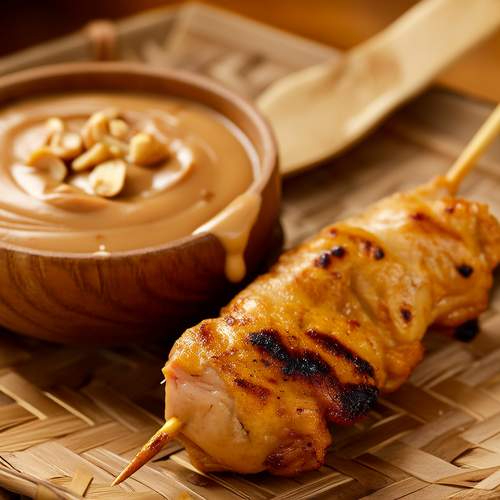
By /May 26, 2025
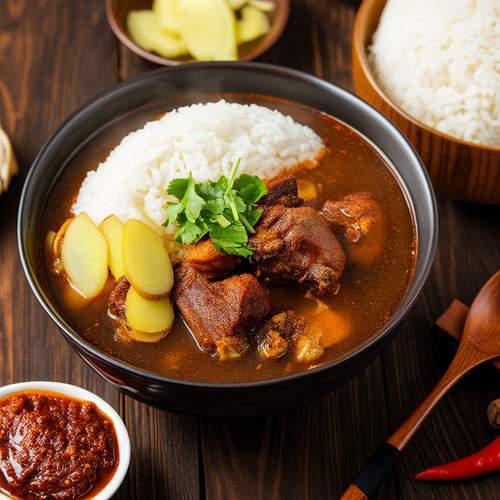
By /May 26, 2025